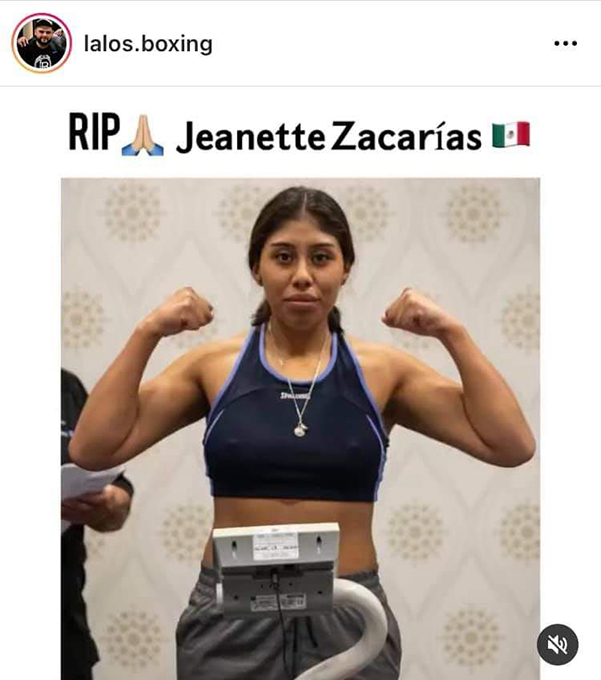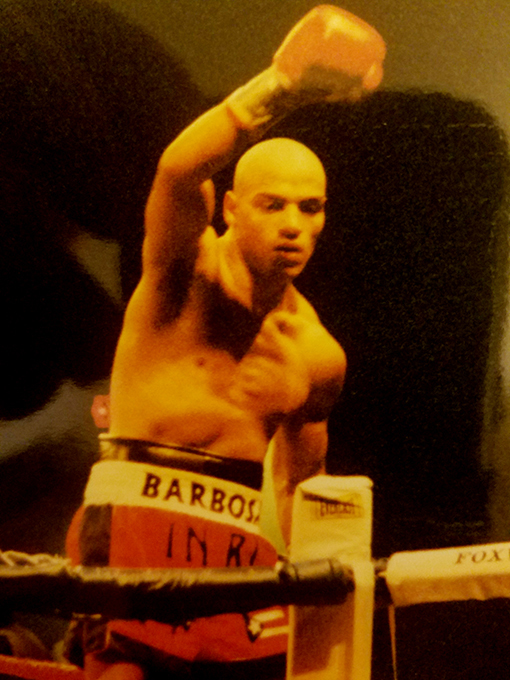“A CALL TO ACTION” – The Case for a Professional Combat Athlete Union
By Ernest DiStefano
Abraham Lincoln said, “If you want to know a man, give him power.” Well, UFC (Ultimate Fighting Championship) President Dana White has certainly made himself and his attitude toward power known to all of us. It’s simple: he abuses it. We need only to listen to his words and witness his actions to know this. Here are just a couple of examples.
- On UFC Fighters’ pay raise and benefits, he said the following about unionization:
“It’s never gonna happen while I’m here…Fighters get the pay they deserve. They eat what they kill.”
“Right now in our society, everybody gets a fucking trophy. Well, this is the fight game, and we don’t give out fucking trophies.”

Professional combat athletes have earned and deserve their so-called “trophies” of fair financial compensation and benefits through the countless gallons of blood they have shed, bones they have in broken, and in many cases, lives they have lost in Mr. White’s octagons and boxing promoters’ rings throughout the world. As long as there are people like Mr. White running the combat sports industry, there will always be a need for professional combat athletes to protect their interests and their families’ interests through union organization. In this essay, I will address the “Why” and “How” for this long overdue undertaking.
“Because it’s all I know.”
An illustration of this reality is the life of former professional boxing champion, Brian “The Bull’ Barbosa. Through my personal experience assisting Brian, I have come to know the incredible challenges he faced at a very young age. Brian endured extreme poverty and abuse as a child, which drove him to the boxing gym, which in turn resulted in a professional fight career. Although Brian was rewarded for his efforts in the ring with a world championship, he also sustained serious brain trauma and injury, as well as manipulation and mistreatment by the fight professionals who were supposed to be looking out for his best interests. When I first spoke with Brian, he expressed a desire to resume his fight career. When I asked him why, Brian said, “because it’s all I know.”
On September 21, 2021, Brian courageously shared his story on the Dr. Phil Show. Brian continues to battle the inner demons created by his physical and personal trauma and is currently receiving treatment to exorcise those demons.
During my conversations and my professional experiences with other combat athletes, they have consistently identified the following two issues as priorities with respect to their fight careers:
- Brain Health and Brain Injury Prevention
- Fair and Equitable Distribution of Revenue
The following facts will illustrate the importance of addressing these two areas.
Brain Health and Brain Injury Prevention
Brain injuries impact any human being’s ability to function on a daily basis, which in turn negatively impacts one’s ability to make a living for themselves and their families. In the past 131 years, 1,878 boxers have died as a direct result of injuries sustained in the ring. This is an average of more than fourteen deaths per year and more than one death each month. Prior to that, from 1740 to 1889, when boxers fought bare-knuckled (a sport which is currently growing in popularity), there were 266 documented deaths (Source: “Death in the Boxing Ring,” by Rupert Taylor). Since MMA’s inception in the mid-1990’s, there have been sixteen reported deaths among MMA fighters directly related to injuries sustained in the Octagon (Source: “How Many Fighters Have Died in the Ring: Boxing and MMA,” by Ross Canning).
A 2015 research study, “Epidemiology of Injuries in Full-Contact Combat,” written by Reider P. Lystad of Central Queensland University, Sydney Australia, found that the proportion of neck and head injuries for the sport of boxing was 84%; 74% for karate; and 64% for MMA. This research showed that Karate had a concussion rate of 19%, Boxing had a concussion rate of 14%, and MMA had a concussion rate of 4%. Further it showed that MMA had the vast majority of life-threatening or life-changing injuries as a result of heard trauma, while also revealing that professional boxers were: 1) more likely to experience loss of consciousness, 2) more likely to suffer eye injuries (detached retina), and twice as likely to sustain concussions that involved loss of consciousness. This research showed that medical suspensions for boxers were a minimum of twenty-six days, compared to medical suspensions for MMA fighters, which are for an average of twenty days.
On the question of “why,” many non-fight fans have undoubtedly wondered why they should care about the men and women who choose to participate in a sport where the amount of pain and injury they inflict on their opponents are markers of success, well Walter Mosely summed it like this, “poor men [and women] box because it’s the only choice they have. A poor man [or woman], of any color, is fighting for their life in the ring. And the only reason they’re fighting for their lives in the ring, is because it’s a little bit safer than fighting for [their] life on the streets of America.”
My own experiences working with professional combat athletes, criminal offenders, and prison inmates, (three categories that way too often overlap) have taught me that desperate human beings without hope will resort to behaviors that endanger the lives and property of other human beings, including non-fight fans, and THAT is why they should care.
Fair and Equitable Distribution of Revenue
An article published online by Huddle Up Magazine on 5/31/23 convinces me that Dana White has taken his greedy, narcissistic sociopathy to a disgusting new level. In that article, it was reported that although the Ultimate Fighting Championship organization’s (UFC) annual revenue increased from $1.03 billion in 2021 to a record $1.14 billion in 2022, the percentage of revenue that the UFC paid to its fighters decreased over that time from $178.8 million to $146 million in 2022. Huddle Up further reported the following comparison between professional sports leagues of the percentage of annual revenue paid to athletes:
MLB-54%
NBA-50%
NHL-50%
NFL-48%
UFC-13%
There is one glaring difference between the UFC and the other aforementioned professional sports leagues that accounts for this immense discrepancy in revenue distribution: the MLB, NBA, NHL, and NFL all have players’ unions.
“How?” – Legal Precedent
With respect to combat athlete unionization, the legal question that must be resolved is whether combat athletes are employees of their promoters or independent contractors. On this question, a legal precedent was established by the California State Supreme Court on April 30, 2018, in the case of Dynamex Operations West, Inc. v. Superior Court and Charles Lee, Real Party in Interest (Sources-CA.gov and Wikipedia). In that case, a class of drivers for a same-day delivery company, Dynamex, claimed that they were misclassified as independent contractors and thus unlawfully deprived of employment protection under California’s wage orders.
In a unanimous opinion, the California Supreme Court held that workers are presumptively employees for the purpose of California’s wage orders, and that the burden is on the hiring entity to establish that a worker is an independent contractor not subject to wage order protections. The Court also held that in order to establish that a worker is an independent contractor, the hiring entity MUST prove each of the three parts of the “ABC” test. The three conditions of this test include the following:
- Part A: The worker is free from the control and direction of the hiring entity in connection with the performance of the work, both under the contract for the performance of the work and in fact;
- Part B: The worker performs work that is outside the usual course of the hiring entity’s business; and
- Part C: The worker is customarily engaged in an independently established trade, occupation, or business of the same nature as that involved in the work performed.
Now, let’s examine the ABC test as it applies specifically to the combat sports industry. This examination is based solely on the observations and assessment of this writer and not on any Court rulings pertaining to the combat sport industry. Remember, under the ABC test of the Dynamex ruling, if the answer to any of these three tests is “No,” the worker is legally required by California law to be classified as an employee of the hiring entity.
Part A:
Is the professional combat athlete (the worker) who is under contract with a promoter (the hiring entity) free from the control and direction of the hiring entity in connection with the performance of the work (i.e., boxing/martial arts bouts) both under the contract for the performance of the work and in fact?
When a professional combat athlete (the worker) signs a contract with a promoter (the hiring entity), said combat athlete is legally bound to perform his/her work (boxing/martial arts bouts) solely for his/her promoter. Furthermore, the promoter has final say over who and when the contracted combat athlete fights, and the amount of the combat athlete’s compensation for the work performed. Furthermore, the contracted combat athlete is not permitted to perform the work for entities other than the promoter.
Answer: NO.
There we have it. There’s no need to go further, but I will.
Part B:
Does the combat athlete perform work that is outside of the usual course of the promoter’s business?
Answer: NO.
Part C:
Is the combat athlete customarily engaged in an independently established trade, occupation, or business of the same nature as that involved in the work performed?
Answer: NO.
What does it mean if fight promoters are the employers of professional combat athletes? It means that promoters are legally required to follow employment laws governing working conditions including minimum wages, and all laws pertaining to conditions of employment. It also means that promoters are required to pay taxes for social security, workers’ compensation, unemployment insurance, as well as payroll and unemployment taxes. It could also possibly require promoters to recognize and collectively bargain with a combat athlete union. This premise will be tested when combat athletes organize and petition for a union with the National Labor Relations Board.
I now ask a question to licensed professional combat athletes-boxers, martial arts fighters, and wrestlers-especially those licensed in the state of California: Based on your experiences in the professional combat sports industry, do you honestly believe promoters would voluntarily pay any of the aforementioned fighter benefits? If your answer is what I think it is, then your course is clear!
…
